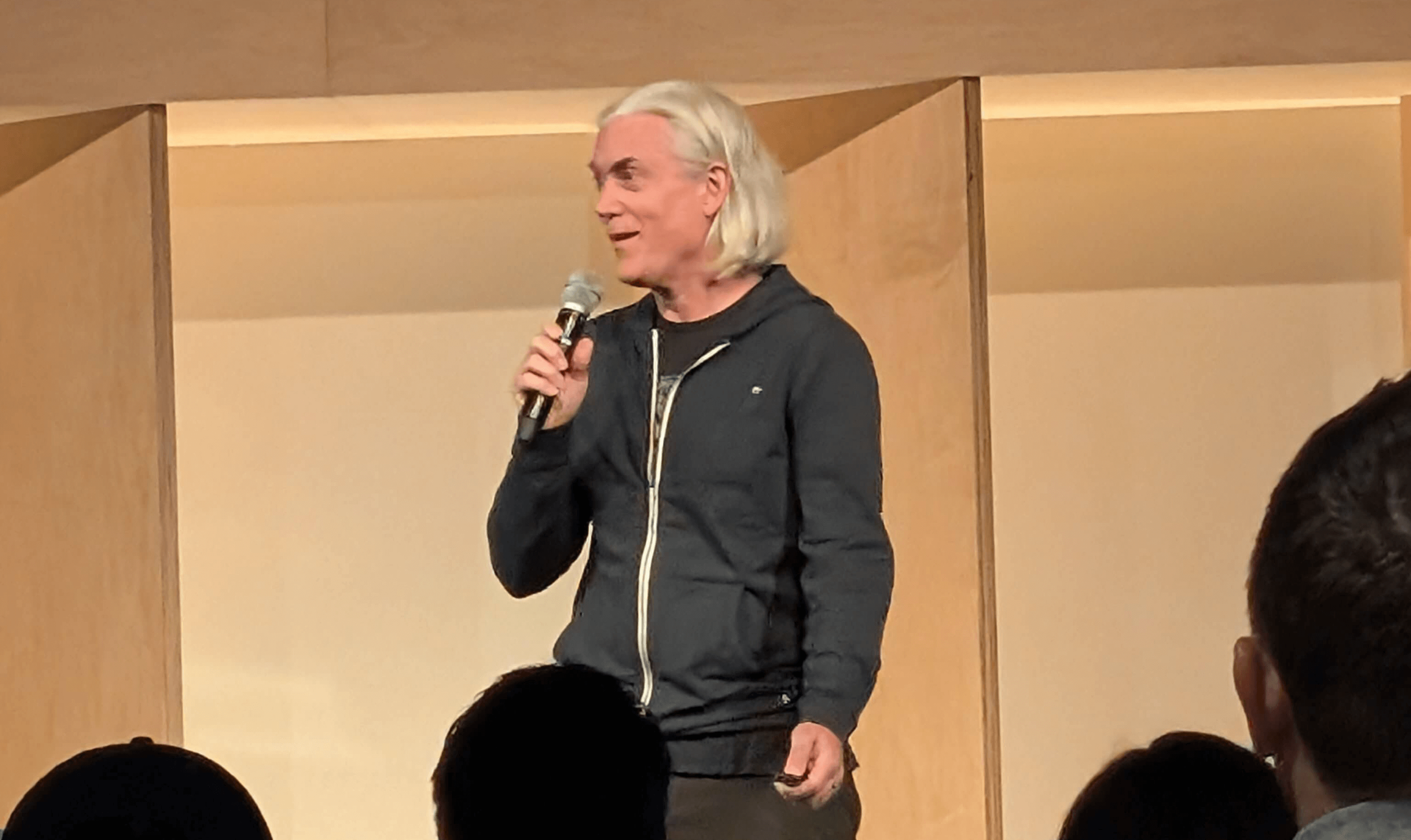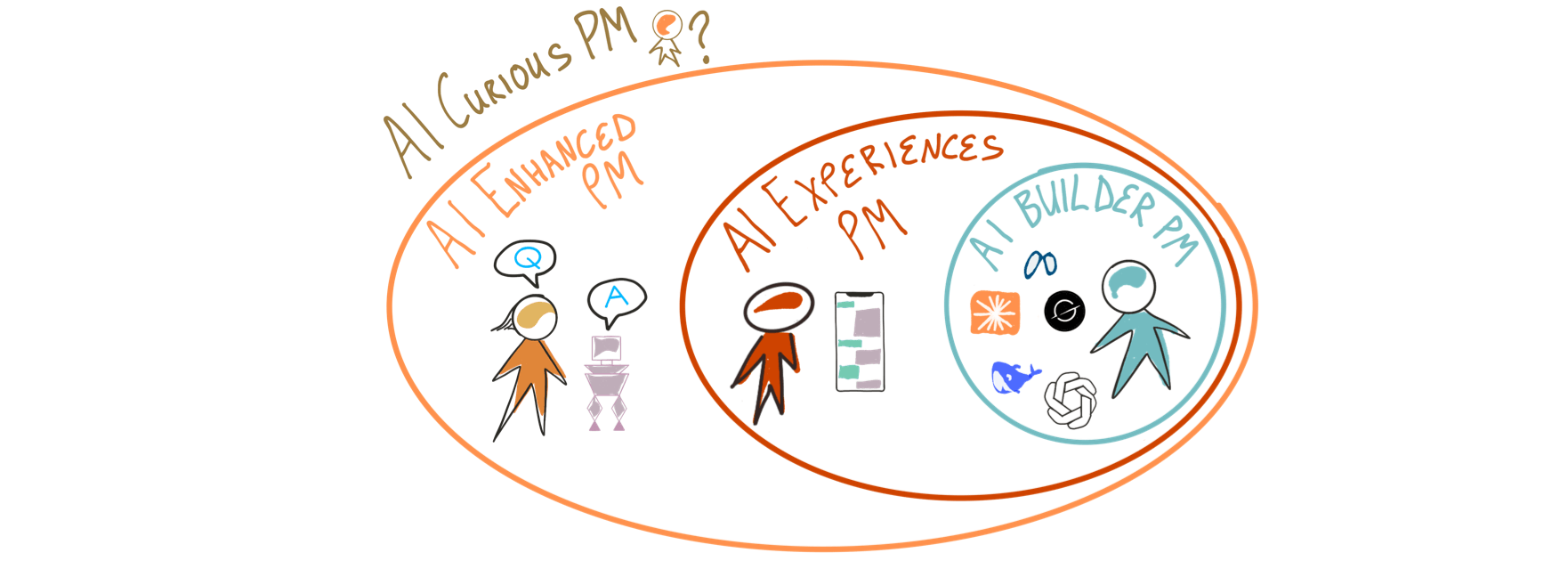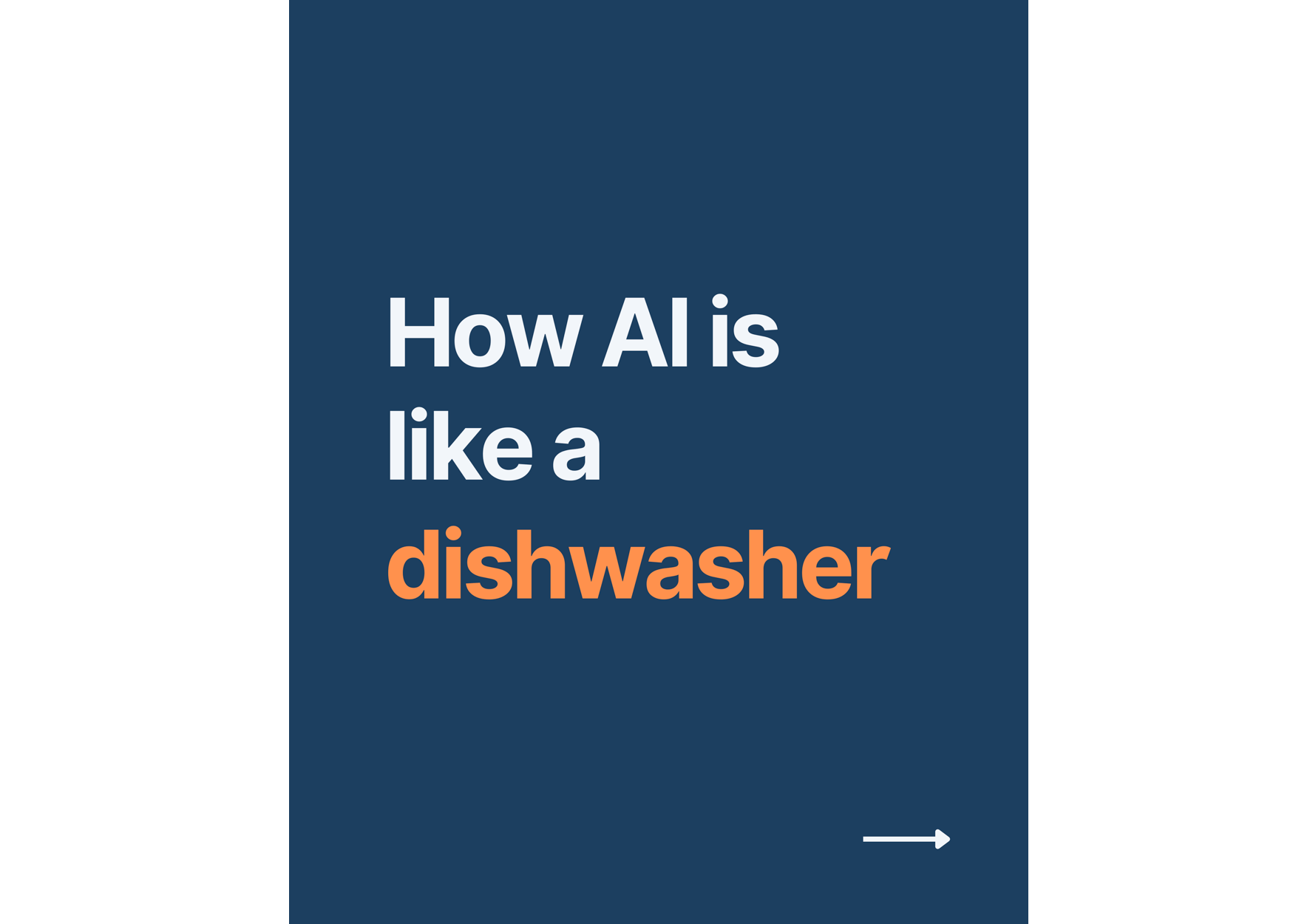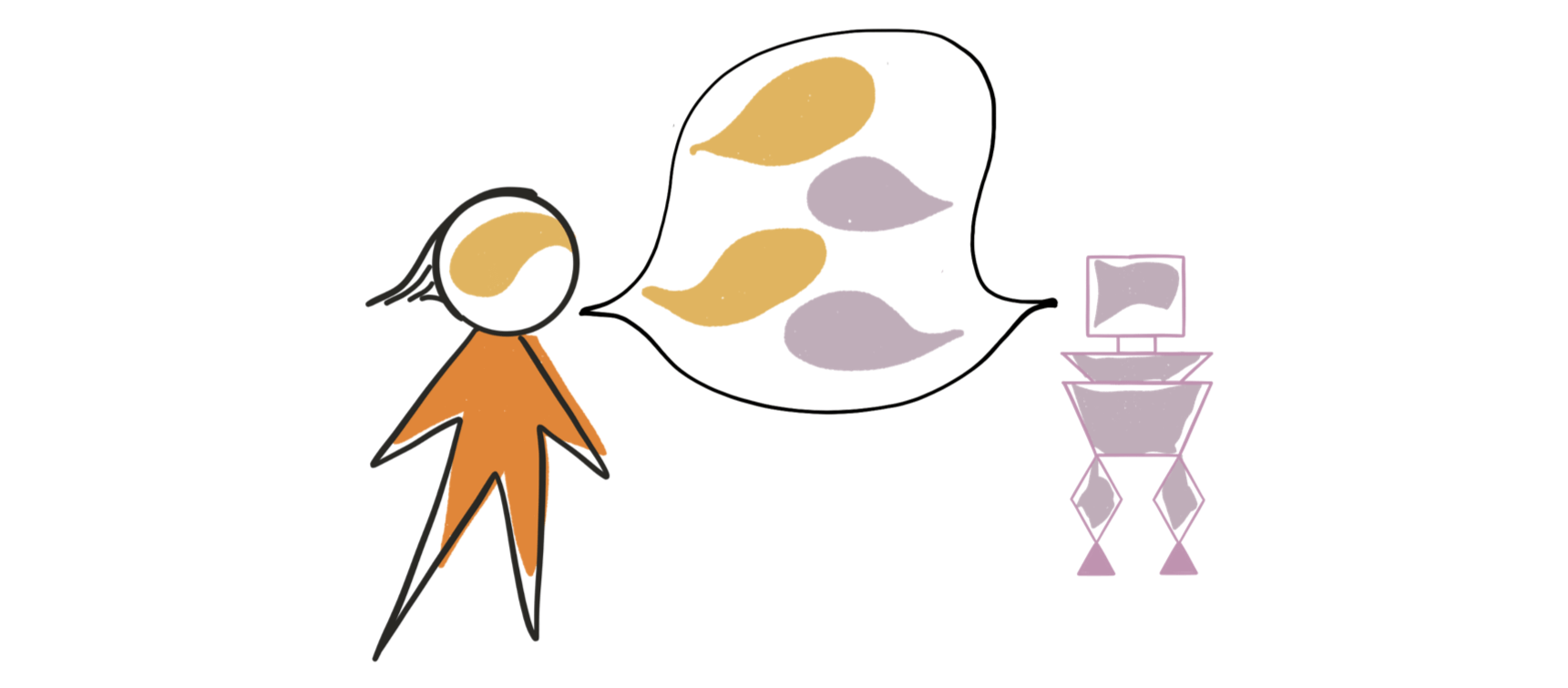The AI Turning Point
Writing code was once a sacred art to us software engineers.
Somehow I had it in my mind that machines made of code would never write code.
I even nudged my kids toward computer science. (These days I’m feeling better about how neither of them wants to be a coder anyway)
In my career, I’ve blown way past Malcolm Gladwell’s 10,000‑hour mark at the keyboard.
Yet, a decade ago I stepped away from engineering.
Then, as now, building products and creating companies was getting easier and easier. But choosing the best idea to work on still felt too opinion-based.
So, I focused my career on figuring out what to build, not how to build it.
An analogy
Back then, the advent of the cloud let us CTOs bring as many servers online as we wanted, whenever we wanted, no upfront purchases or leases required. We no longer needed to monitor hard drives for failure or hire specialists to maintain equipment let alone create mini-data centers in our offices.
Like any technology, cloud computing could be misused. As CPTO, I witnessed how two teams used cloud computing very differently.
Team 1 - New Tech, Old Habits
A team of my best data scientists, database administrator and engineers used a couple AWS servers for a month for a project and the cloud computing bill was $2,000. Note that buying a server only costs $2,500 so using cloud computing like this was going to cost me at least 5 to 10 times more than owning a server over the long run. This was a shock.
Team 2 - New Tech, New Habits
Fortunately, at the same time, a team of one engineer used AWS to process gigabytes of log data every day for our new user analytics system. This engineer used the cloud computing tooling to spin up a dozen servers, process the log files, save out the analysis and then shut down the servers. That cost us $50 for the month. It was so cheap I asked him to spend more money to process the data faster.
Old vs New Habits
One team adopted the new tech (cloud computing) but used their old habits; just turn on the server and leave it on all day, every day…costing us $2,000 per month.
The other team, consisting of one individual, processed a ton of data by using the new, cloud-native method of spinning up servers to do the work and then shutting them down when idle… costing us $50 per month.
The use of AI right now seems to be like Team 1 where we deploy the new tech but within our old habits.
The eventual impact of AI will mirror how Team 2 used cloud computing in that how we work will be changed.
Not all technology changes are turning points. They are mostly shifts. For example, the transition from one programming language to another (C++ to Java to Python) offers incremental improvement but we’re still creating code ourselves. Using wifi instead of plugging into Ethernet is physically freeing but only until we have to find a power source.
The transition from human-only creation to AI-assisted creation is more than a shift. It’s a clear turning point.
What I see others doing about it
These days I keep my pulse on AI usage through my various lenses on technology:
Students: I teach UC Berkeley Masters students
Entrepreneurs: I mentor founders at the Stanford incubator, StartX
Startups: I coach and train early stage companies in AI experiences, fintech, healthtech, edtech, crypto, ecommerce.
Established tech companies: I facilitate Product Leader groups every month with attendees from mainstream tech companies such as Instacart, Google, Atlassian, DocuSign, Apple, Wayfair.
Corporations: I coach and train cross-functional leaders and teams at Autodesk, Kaiser Permanente, Roche, Motorola.
Coaches and Consultants: I participate in a worldwide community of hundreds of Product coaches and consultants.
International: This week, I ran a morning session with 150 entrepreneurs from Nigeria and other African countries and finished the day with a Product Roundtable for a client in Australia.
I see AI impacting folks mostly in the earlier stage companies up to and including the established tech companies.
A Director of Product Management who patches bugs and ships the fixes themselves
An engineer running Product, Design, and Engineering as a one‑person shop for their transportation tech startup
A CTO requiring chatGPT use from his current engineers and who is slowing down engineer hiring due to increased AI-fueled productivity
A consultant who feeds transcripts of meetings to an AI to evaluate which part of their presentation caused the client to be more interested and engaged
In engineering, the impacts of AI tools are profound. In non-engineering areas, the usage and impacts of AI are quite varied with most folks just starting to use AI in their everyday activities.
The corporations tend to have restrictive policies that only allow a trickle of AI in.
My take on non-engineer layoffs in the past few years is that it has been more about cost cutting and “founder mode” than AI. That will change in the coming years as the AI impact reaches beyond the engineer cubicles.
What I’m doing about it
I love making things (if you can call apps and websites “things”).
Launching a product that others use is incredibly satisfying especially when millions of people use it or millions of dollars flow through it.
I’ve loved coding from the moment I stayed up all night finishing my final assignment in CS106A at Stanford (taught by the amazing Mehran Sahami, now Department Chair of Stanford Computer Science).
But coding is brutal. Wrestling with a syntax error for hours and hours drains the soul. There’s so much frustrating “busy work” in making even a small bit of useful technology.
But AI has brought me back to the keyboard (ok, I never left it but you get the point).
I’ve recently been using a variety of AI tools to make whatever comes to mind. It’s both exhilarating and frustrating.
This hands-on experience has shown me the current state of this AI turning point.
It’s clear that people like me will be able to easily get back into tinkering and building real applications with the possibility of scaling and making money.
It’s clear that businesses will be able to automate and boost more and more of their internal workings in addition to creating novel solutions for their customers. Though I certainly don’t want AI and its wavering math skills to calculate the balance in my checking account.
I’m not sure what the impact on society of so many more people being able to code will be but for me it's been a freeing experience.
It will take years for these tools to make their way through everyday society. Remember that many of our most trusted technology applications (bank accounts, airline reservations) still run off 30+ year old technology (mainframes, COBOL).
For now, I’ll be here to help friends, family and clients navigate this turning point while considering a side hustle in Indie Hacking.
The AI-Enhanced Product Manager
Jim coaches Product Management organizations in startups, growth stage companies and Fortune 100s.
He's a Silicon Valley founder with over two decades of experience including an IPO ($450 million) and a buyout ($168 million). These days, he coaches Product leaders and teams to find product-market fit and accelerate growth across a variety of industries and business models.
Jim graduated from Stanford University with a BS in Computer Science and currently lectures at University of California, Berkeley in Product Management.















